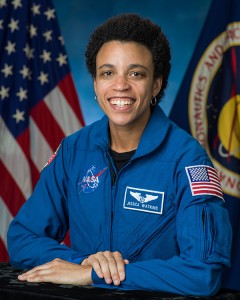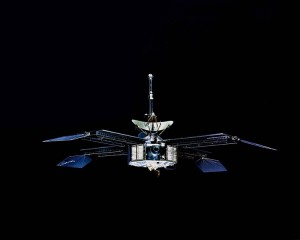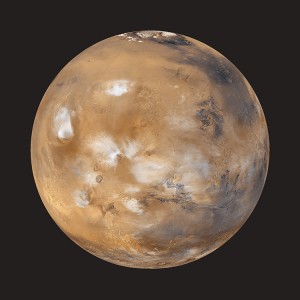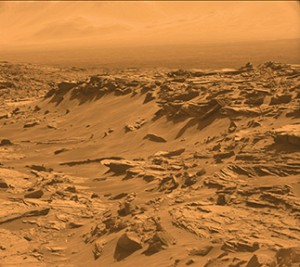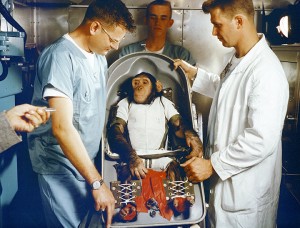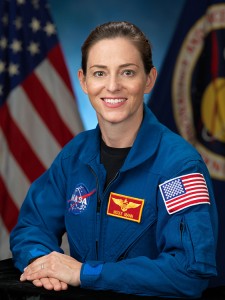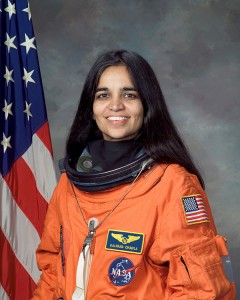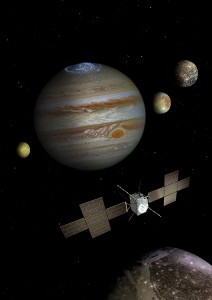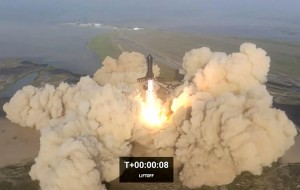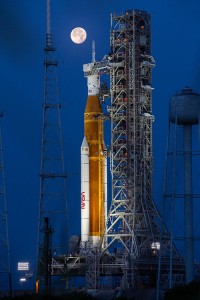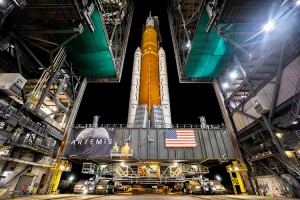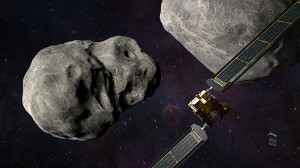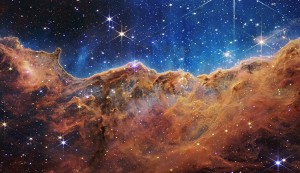Spotlight: Astronaut Jessica Watkins
Friday, January 12th, 2024American astronaut and geologist Jessica Watkins is making history. In 2022, she became the first Black woman selected for an extended mission in space. Watkins and three other astronauts launched aboard a new SpaceX Crew Dragon spacecraft named Freedom atop a Falcon 9 rocket on April 27, 2022. Once the crew arrived, they began working and living aboard the International Space Station (ISS). The ISS is a large, inhabited Earth satellite that more than 15 nations are operating in space. Watkins worked aboard the station for six months. On the ISS, she worked at the microgravity laboratory and served as the team’s mission specialist.
Jessica Andrea Watkins was born in Gaithersburg, Maryland, on May 14, 1988. Her family later moved to Lafayette, Colorado. She enrolled at Stanford University in California, in 2006. Watkins led Stanford’s rugby team to win the 2008 national championship. Watkins was a member of the United States Women’s Eagles Sevens Rugby team, competing in the 2009 Women’s Sevens Rugby World Cup in Dubai. Watkins earned her bachelor’s degree in geological and environmental sciences from Stanford University in 2010.
Watkins studied and worked extremely hard to reach her new career in space. Watkins earned a doctorate degree in geology at the University of California, Los Angeles, in 2015. Watkins conducted post-doctoral research at the California Institute of Technology (Caltech). At UCLA, she studied landslides on Mars. At Caltech, she helped plan missions for the National Aeronautics and Space Administration (NASA) Curiosity rover.
As an undergraduate, Watkins participated in an internship for NASA at the Ames Research Center outside of San Jose, California. She compared simulated Martian soils with data gathered by the Phoenix Mars Lander. In 2009, Watkins served as the chief geologist for a simulated mission at the Mars Desert Research Station outside of Hanksville, Utah. As a graduate student, she interned for the Jet Propulsion Laboratory in Pasadena, California. In 2017, Watkins was selected for astronaut training. In 2019, Watkins participated as an aquanaut in a simulated space mission at the NASA Extreme Environment Mission Operations (NEEMO) Aquarius habitat, on the ocean floor off the coast of Key Largo, Florida. NASA has also selected Watkins as a crew member for the Artemis mission to the moon’s surface.

